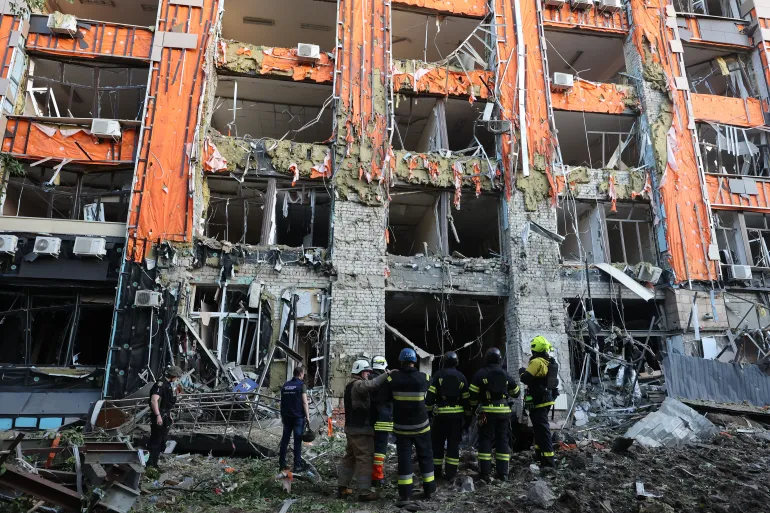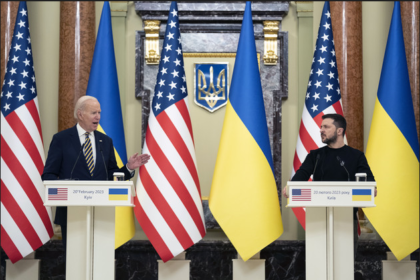Rome, Italy – US and European Allies Work on Deal for Russian Assets to Aid Ukraine Ahead of G7 Summit, US officials are pressing their European allies to agree on a deal to use interest from frozen Russian assets to support Ukraine before the G7 leaders summit in southern Italy later this week. However, discussions are still ongoing, with some European nations hesitant about the US-led proposal.
Since Russia’s invasion of Ukraine in February 2022, around $260 billion of Russian sovereign assets have been immobilized, most of which are in the EU. The current US proposal suggests a $50 billion loan to Ukraine, repayable through the interest generated by these assets, which amounts to up to $3.7 billion annually.
Key issues remain unresolved. The US seeks guarantees that the interest will be secure, but the decision to freeze assets requires unanimous renewal every six months by all EU member states. This raises concerns about potential opposition from countries like Hungary, which has close ties with Russia. Additionally, if peace negotiations result in Russia reclaiming its assets, questions arise about who would be responsible for repaying the loan.

Diplomatic sources reveal a divide among EU countries, with Germany and France showing skepticism, while the EU Commission and Council remain unconvinced. Despite these challenges, there is political will to reach an agreement or at least demonstrate ongoing negotiations by the summit’s end.
Jake Sullivan, US President Joe Biden’s national security adviser, emphasized the importance of mobilizing resources for Ukraine, stating, “We want to see every country come on board with a method by which we can mobilize resources for Ukraine at scale.”
Initially, the US proposed seizing the assets outright, but European countries were reluctant due to the unprecedented nature of such a move and its potential impact on the euro’s trust as an international reserve currency. Moscow has threatened to retaliate by giving authorities control over US-owned property in Russia.
The proposed US loan emerged as a compromise, though it represents a significant reduction from the total frozen assets. Observers suggest that even a limited agreement would send a strong message of unity against Russia.

Marta Dassu, director of European affairs at the Aspen Institute think tank, believes the US aims to present a tangible result at the G7, albeit with many conditions attached. The summit is expected to focus heavily on political issues rather than traditional G7 themes of global economic governance.
The upcoming US presidential elections add another layer of urgency. This G7 summit could be the last before a potential shift in the White House, which could drastically impact US support for Ukraine. The recent $61 billion US military aid package to Ukraine faced significant delays in Congress, indicating possible future challenges in securing aid.
As the war in Ukraine continues into its third year, Western aid remains crucial. Ukrainian President Volodymyr Zelenskyy will attend the summit in Puglia, underscoring the importance of international support. A $50 billion loan would provide Ukraine with necessary funding through 2025, regardless of the outcome of the US elections.
At the previous G7 summit, Ukraine was in the midst of a counteroffensive. However, Ukrainian forces are currently facing setbacks, with Russia making steady gains in the east and north. The proposed loan would ensure Ukraine has the financial resources needed to sustain its defense efforts.
In summary, while significant hurdles remain, the US and its European allies are working towards a deal to use the interest from frozen Russian assets to support Ukraine, demonstrating a united front against Russia’s aggression.








